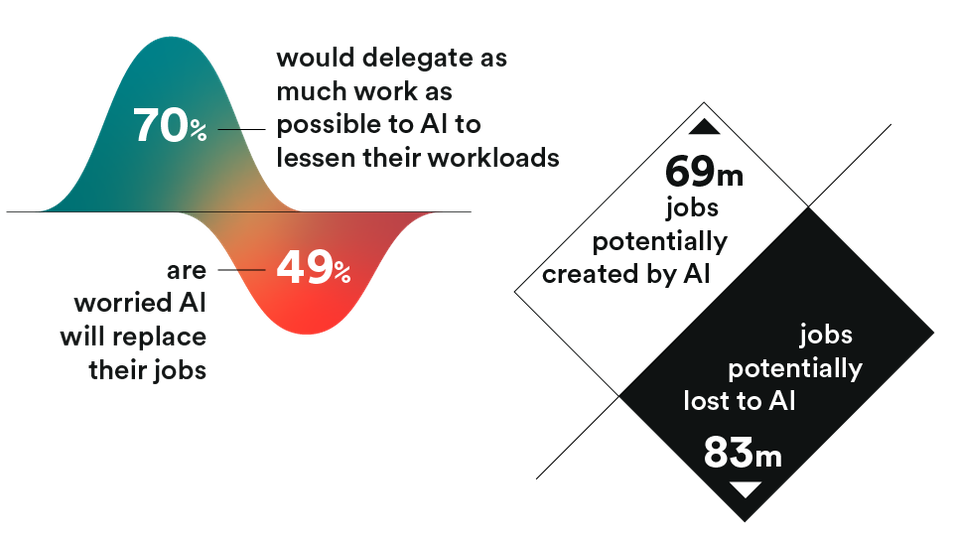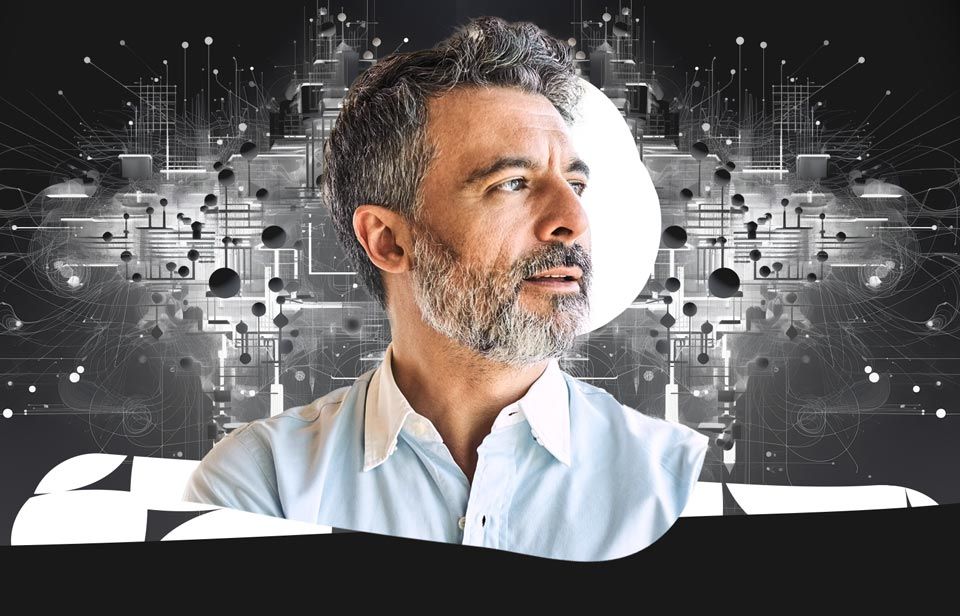HR and L&D leaders should see AI as a force for great leadership. But, for its potential to be realized, and its pitfalls avoided, key human qualities – communication, collaboration, empathy, critical thinking, and emotional judgement – must be prominent in all organizations.
AI will support decision-making, but the new “AI super-leader” will still make the decisions, working within a distributed power structure, and taking people with them.
These decisions will demand resolute focus on the business goals and solutions to be served by AI, and not solely on what AI can solve. These will be goals and solutions supported by data on a new scale, shaped and challenged by the human brain.
A radical refocusing of skills and resources will be required, but with the human leader still very much front and center. Here we explore why – and how – HR and L&D leaders can drive this critical shift in their organization.



/f/114723/1600x681/a86d2ec644/ai_data_human_thin.jpg)
/f/114723/500x500/3ec0dc6b5b/jennsen_quote.png)

/f/114723/1600x681/db15a89881/ai_connections_gradient-thin.jpg)
/f/114723/500x500/e4b7b5afea/terrence_quote.png)
/f/114723/500x500/1f27dd678c/riaz_quote.png)

)